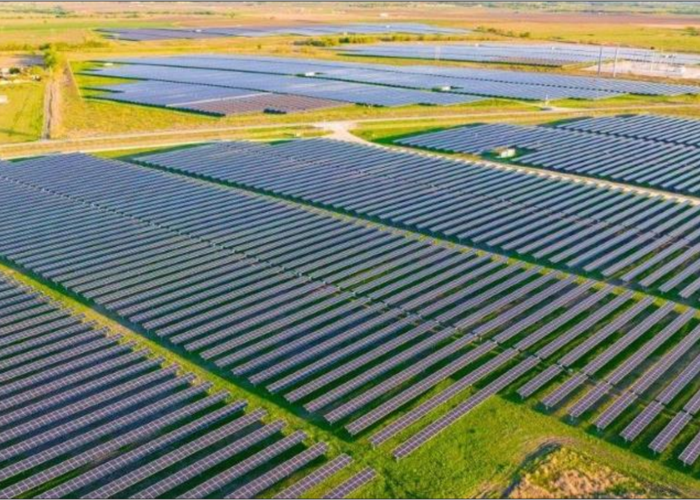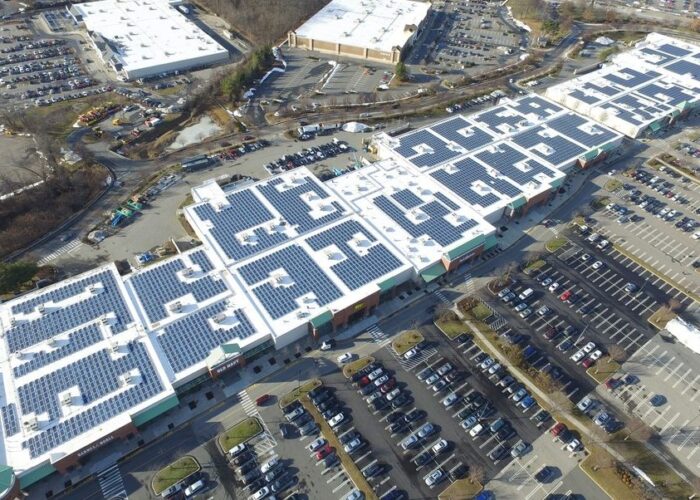For the past 30 months, PV Sunrise has been running a project with the aim of paving the future for photovoltaics in Europe’s energy mix. This project has now come to an end with the final forum event, ‘Diffusion in the Building Sector: Strengthening the cooperation between the PV industry, architects and constructors’, held on the 22 October 2009 in Brussels.
The long-running project has been focused on strengthening the cooperation between the PV industry and architects, constructors, installers, utilities and network operators. This final forum gave those from these sectors an opportunity to voice their opinions and share their experiences in connection with the growth of the BIPV industry.
Try Premium for just $1
- Full premium access for the first month at only $1
- Converts to an annual rate after 30 days unless cancelled
- Cancel anytime during the trial period
Premium Benefits
- Expert industry analysis and interviews
- Digital access to PV Tech Power journal
- Exclusive event discounts
Or get the full Premium subscription right away
Or continue reading this article for free
Session A of the event began with talks from those in the PV industry, including Daniel Fraile Montoro from EPIA, who explained about the potential for BIPV in Europe. However as the talks moved on to those in the construction and architectural industry — such as Nikos Fintikakis from the International Union of Architects (ARES) and Giuliano Digilio from the Electrical Contractors Association — the focus was placed more on understanding and analysing the current barriers for PV deployment in the building sector and on the electricity grid, and providing recommendations to overcome them.
Later, multifunctional aspects of BIPV were presented with practical examples from PV experts such as Willi Ernst at Centrosolar who spoke about the different BIPV applications currently available on the market. Others spoke about the increasing role of PV integration into the building envelope and the productive collaboration between architects, industry, research and students. The talks also focused on providing an overview of the European legislation related to PV and the construction sector (Energy Performance of Buildings Directive – EPBD and the new Directive on the promotion of the Renewable Energy Sources – RES).
Session B concentrated on PV network integration: ‘A win-win situation for system operators and the PV industry’. During this section, different European utility providers and stakeholders from the energy sector presented the current challenges and opportunities they are facing in their respective countries. The added value of solar PV electricity to peak power supply was also presented through European studies carried out by research institutes and other EU PV projects. Here, Tomas Degner from ISET spoke about the benefits that PV can offer to the network. The overall aim of this session was to provide a forum for constructive dialogue between the PV industry and the utilities on how the integration of solar PV systems into the European electricity supply can be effectively managed to create a win-win situation for all parties.
One of the overwhelmingly prominent themes that kept cropping up throughout the event was the lack of integration between the construction and PV industry so far. Those in the construction industry faced the barriers of not fully comprehending PV technology and those in the PV industry not always grasping building requirements. It was evident that this event provided the platform for those in each industry to voice their concerns and gain the reassurance they needed on any aspects of this up-coming technology.
Launching alongsisde the event is a guide to BIPV, ‘Building Integrated Photovoltaics: A new design opportunity for architects’, which outlines the BIPV installation process. The guide provides examples of the types of technology available and the considerations that need to be made when installing a new system. It also includes examples of BIPV applications and useful resources such as contacts in each area of the industry, reference books and websites that may be helpful in the process of setting up a BIPV installation.
The PV Sunrise event was organized by EPIA, AIE, FIEC, International Union of Architects, WIP and EDF.






